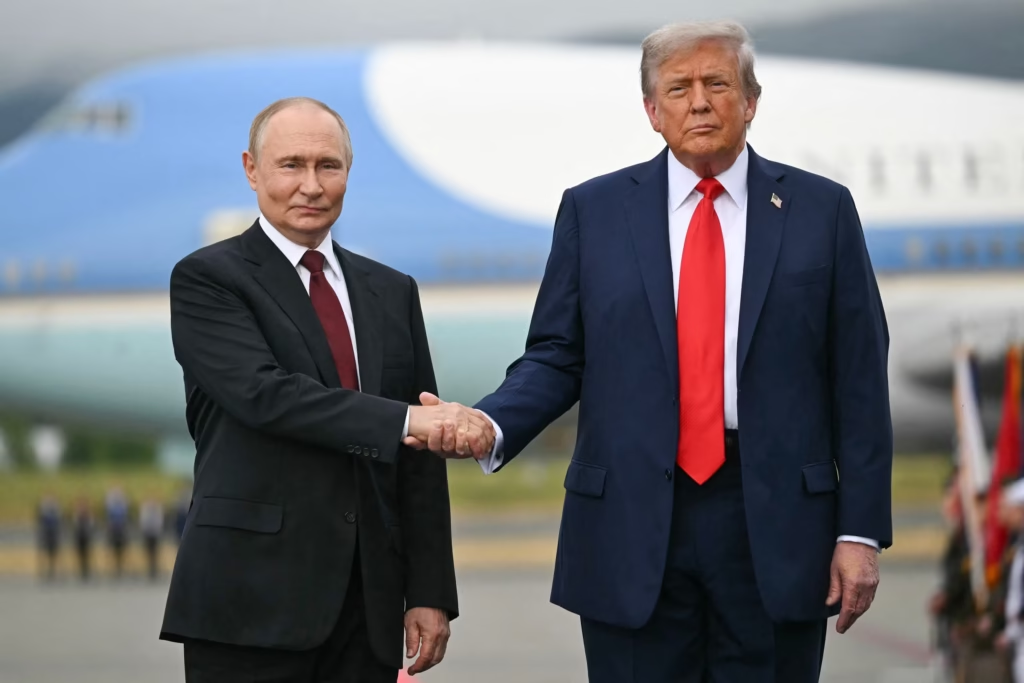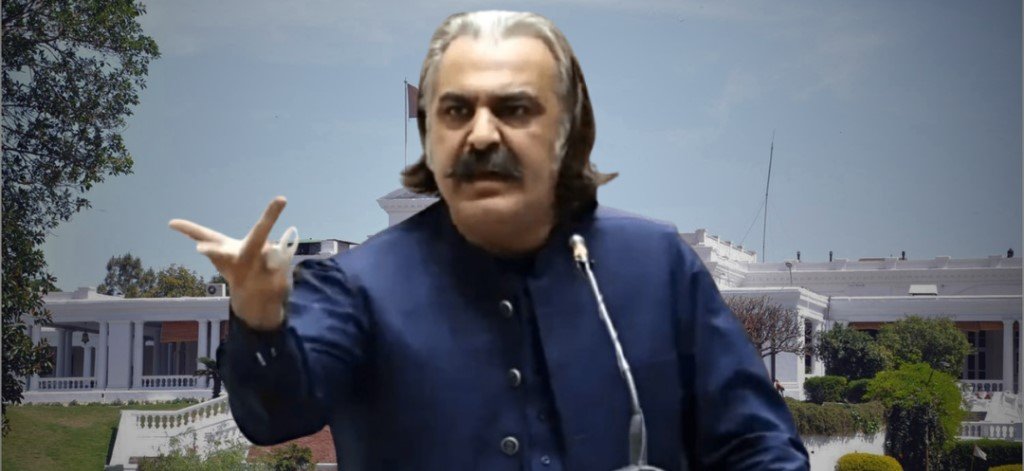The highly anticipated summit between former Trump and Putin end summit without Ukraine deal. The meeting, which drew global attention, was expected to open new avenues for negotiations and perhaps lay the groundwork for a peace framework. However, both leaders left the table without a concrete agreement, leaving the war in Ukraine unresolved and the international community disappointed.
Expectations Before the Summit
Ahead of the summit, there was significant speculation that Trump, known for his unconventional diplomatic style, might bring fresh momentum to discussions on Ukraine. With the conflict dragging on for over two years and causing immense human and economic losses, many hoped the summit would ease tensions.
Some analysts believed Trump could attempt to mediate by leveraging his past rapport with Putin, while others feared the talks might favor Russia’s position. European allies, meanwhile, watched closely, concerned about how U.S. diplomacy under Trump would align with NATO’s strategy.
Key Topics on the Agenda
Although Ukraine dominated discussions, the leaders also touched upon other pressing issues:
- Sanctions and Trade: Russia pressed for the easing of Western sanctions, which have strained its economy.
- Energy Security: Both sides discussed Europe’s dependence on Russian oil and gas, a factor heavily linked to the conflict.
- Nuclear Arms Control: Strategic stability and arms reduction treaties were briefly addressed, though with little progress.
- Global Security Issues: They also discussed tensions in the Middle East, cybersecurity, and future U.S.-Russia relations.
Despite covering wide-ranging topics, it was clear from the outset that Ukraine remained the most contentious issue.

No Breakthrough on Ukraine
The summit ended without any formal deal or roadmap for ending the war in Ukraine. Putin insisted that Russia’s demands—including recognition of territories Moscow has claimed—must be considered, while Trump emphasized the need for an immediate ceasefire but avoided detailing how such a truce could be enforced.
Observers noted that both leaders appeared unwilling to make significant concessions. Trump, while seeking to project himself as a potential peacemaker, avoided committing to any binding agreements, possibly to leave room for future negotiations. Putin, on the other hand, reiterated Russia’s long-standing position that Ukraine’s NATO aspirations and Western military support are unacceptable.
Reactions from Ukraine and NATO
Ukrainian officials expressed disappointment at the summit’s outcome, noting that it failed to address Kyiv’s core demand: the restoration of its sovereignty and territorial integrity. President Volodymyr Zelenskyy warned that vague discussions without concrete commitments only embolden Russia and prolong the suffering of the Ukrainian people.
NATO leaders also expressed concern, with Secretary-General Jens Stoltenberg stressing that the alliance would continue to support Ukraine militarily and economically. European leaders, particularly from Eastern Europe, viewed the lack of progress as a worrying sign that Russia remains unyielding in its approach.
Trump’s Position and Messaging
Throughout the summit, Trump emphasized his desire to end the bloodshed but framed his position in terms of “negotiated compromise.” Critics argue that his language was intentionally ambiguous, leaving questions about whether his approach might favor Russian interests.
Trump’s allies, however, defended his performance, suggesting that his meeting with Putin at least kept diplomatic channels open and could pave the way for future dialogue. For Trump, who continues to command strong political influence in the U.S., the summit was also a chance to showcase his ability to engage global leaders. X
Putin’s Strategy
For Putin, the summit provided an opportunity to reaffirm Russia’s positions while testing how far Trump might be willing to go in accommodating Moscow. By standing firm, Putin sought to project strength domestically and internationally, signaling that Russia will not back down without meeting its demands.
He also used the summit to argue that Western sanctions and military aid to Ukraine are obstacles to peace, portraying Russia as ready for dialogue but constrained by NATO’s involvement. Analysts believe Putin left the meeting satisfied that he had managed to assert Russia’s narrative without making concessions. READ NEXT https://elevenpakistan.com/pakistan-best-selling-car-alto-sales-drop/
Global Reactions
The world’s response to the summit was mixed. Some international observers argued that simply holding the talks was a positive step, as it kept diplomacy alive amid one of the most dangerous conflicts in recent history. Others criticized the lack of progress, saying it demonstrated the limitations of personal diplomacy when faced with deeply entrenched geopolitical disputes.
China, which has maintained close ties with Russia, welcomed the summit but called for more substantive outcomes. Meanwhile, countries affected by the global economic fallout of the war—particularly in Africa and Asia—urged both powers to accelerate peace efforts to stabilize food and energy supplies.
The Road Ahead
The failure to reach an agreement underscores how complex the Ukraine crisis remains. With neither Russia nor Ukraine showing signs of backing down, and with NATO firmly committed to supporting Kyiv, prospects for peace appear distant.
Diplomats suggest that future negotiations will require broader multilateral engagement, involving not only the U.S. and Russia but also European allies, Ukraine itself, and possibly neutral mediators. Until then, the conflict is likely to continue, with devastating consequences for the region and beyond.
Conclusion
The Trump-Putin summit, while historic in its symbolism, ended without delivering the breakthrough many had hoped for. The Ukraine war remains unresolved, and both leaders left the table holding firm to their respective positions. For Ukraine and its allies, the outcome was disappointing but not unexpected, as Russia continues to demand recognition of its territorial claims.
As the conflict drags on, the world remains on edge, with rising humanitarian costs and economic instability. The summit highlighted the urgent need for a broader, more inclusive diplomatic process—one that moves beyond symbolic meetings and works toward genuine solutions. Until such efforts take shape, peace in Ukraine will remain a distant hope.
READ MORE



